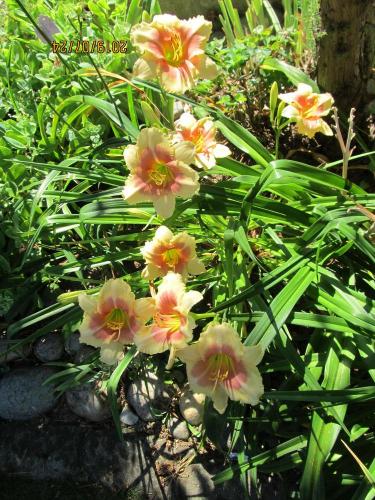Just for the record, I'd like to emphasize that a clone is a set of vegetatively propagated plants that are presumed to be genetically identical. When we divide a daylily we are separating units of the clone.
All of our daylilies are "cloned" except ones grown directly from seeds.
There is a term for the units - ramets. And the total of all ramets, the clone, is called an ortet.
You can buy ramets but you really can't buy "a clone" unless you buy every ramet of it.
Tissue culture is a method of vegetatively propagating ramets of a clone.
As Maurice has pointed out, when actually subjected to scientific scrutiny, the occurrence of off-types is very low. Of course, if one of these off-types is repropagated it would increase their numbers.
A major hybridizer who sold some of his new hybrids to a large wholesaler which used tissue culture to increase them told me he was paid to walk the fields looking for off-types. Any he found suspicious were removed. So the responsible propagators are policing their products. They don't want to acquire a bad reputation.
I've seen claims that Stella De Oro was tissue cultured in the past. There is no proof of this I've seen. It is true however that Stella produces open pollinated pods with viable seeds that get self-sown in the fields. I've seen the fields and I've seen the pods. Of course, those seeds do not reproduce true Stella De Oro. The progenies vary in flower color, flower form, scape height, among other differences. So I do think there are off-types being sold, especially by the nurseries producing massive numbers for landscaping. And yet, I haven't seen as much variation in mass plantings of it as I expected by now. I take it as a "stay-tuned" situation.
Pat
